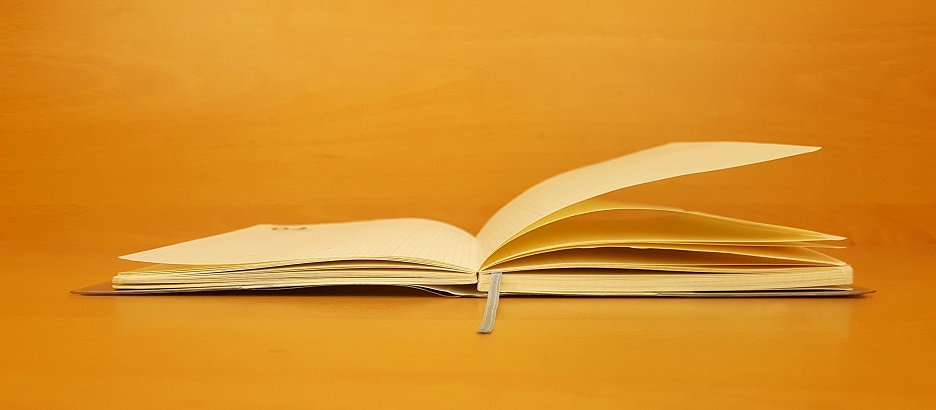The delights of written prayers
Recently, I came across another delight: prayers that have been written by other people across the centuries.
27 SEPTEMBER 2020 · 15:00 CET

[This is the second in a series of three articles about personal discoveries I’m making this year. The others are about the impact of our families of origin and a healthy relationship with technology.]
A few years ago, I rediscovered the Psalms. I had always read them, but it wasn’t until I went through a challenging season that those ancient prayers truly touched me.
Suddenly, they felt so raw, real, and human. They gave voice to feelings I carried inside but felt reticent to acknowledge to myself and to God. I would wake up groggily in the morning, prepare myself some coffee, sit by the window, and, instead of my half-baked thoughts and repetitive prayers often centered on myself, I had eloquent ramps to launch my soul toward reflection and devotion to God. My prayer life became more abundant, heart-felt, and centered on God.
Recently, I came across another delight: prayers that have been written by other people across the centuries. True, they are not Scripture like the Psalms, but they have often moved me to tears and deep God-encounters.
Two resources in particular have been helpful. The first is a beautiful pocket-book collection of George Herbert’s devotional poetry. Written in the 17th-century, his poems-prayers display an intimate knowledge of the human heart, of sin, of a very big God, and of grace. They have driven me to contrition, repentance, literary pleasure, worship, and some timid dancing when no one was around.
Sometimes one of his phrases would particularly touch me, like when he wrote of “A face not fearing light.” At other times, I underlined whole poems, such as his celebrated Prayer (I), where Herbert compares prayer to a “reversed thunder,” “the soul in paraphrase,” and “man well [dressed].”
Here’s how Herbert describes the day of the Lord in a poem called Sunday:
O Day most calm, most bright,
The fruit of this, the next worlds bud,
Th’ indorsement of supreme delight,
Writ by a friend, and with his bloud;
The couch of time; cares balm and bay:
The week were dark, but for thy light:
Thy torch doth show the way.
Makes one want to hop to church, doesn’t it?
The second resource I have been using is a collection of Puritan prayers called The Valley of Vision. It is less artful but more theological than Herbert, complementing him by often feeding the mind with good doctrine instead of moving the heart with arresting images.
The opening prayer, for instance, addresses God as “Lord, high and holy, meek and lowly”. In another, called “God Enjoyed,” the author prays:
To thee I come in my difficulties, necessities, distresses;
possess me with thyself,
with a spirit of grace and supplication,
with a prayerful attitude of mind,
with access with a warmth of fellowship,
so that in the ordinary concerns of life
my thoughts and desires may rise to thee,
and in habitual devotion I may find a resource
that will soothe my sorrows,
sanctify my successes,
and qualify me in all ways for dealings
with my fellow men.
(If you’re interested in this collection, I suggest buying the leather-bound edition.)
There are many other devotional resources out there, as well as John Donne’s and Gerard Manley Hopkins’ poetry. What other resources have you found encouraging?
Next week I’ll write about a third recent breakthrough for me: a healthier relationship with technology.
René Breuel, pastor of an evangelical church in Rome.
Published in: Evangelical Focus - Culture Making - The delights of written prayers
